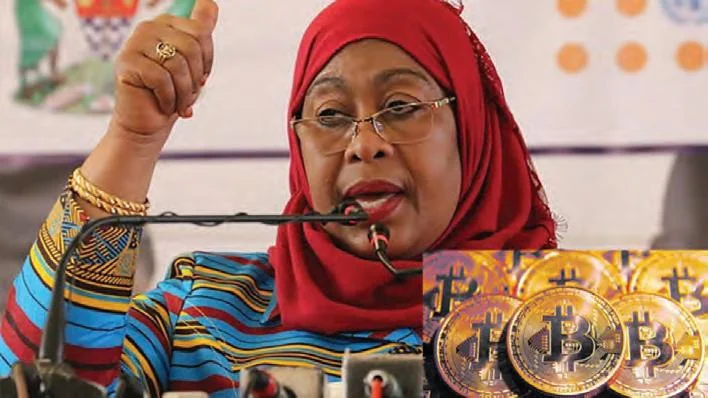Governance - Commentary
By Judd Devermont, Director, Africa Program & Marielle Harris, Research Associate, Af
SUB-SAHARAN AFRICA is sprinting toward digitization and has the potential to reach new heights as long as it addresses shortfalls in physical and human capital, as well as weaknesses and gaps in digital governance and regional trade agreements. While all four elements are critical, there has been less focus on digital governance and trade. This is a serious oversight. Sub-Saharan Africa is unlikely to “level up” its digital game unless governments develop and update their national digitization strategies, ensure regional interoperability of these strategies, and work with foreign partners to add digital provisions to their trade agreements. As global digitization and trade become increasingly connected and interoperable, the lack of national digital strategies and dearth of digital provisions in trade frameworks threaten to slow sub-Saharan Africa’s digital transformation. African governments have fallen short on three key issues—intellectual property (IP) protection, data protection, and cybersecurity— which will impede regional competitiveness and have critical implications for security and trade in the region. Connectivity Like Never Before . . . Sub-Saharan Africa is undergoing a digital transformation. From students learning to code and drones delivering medical supplies to the increased usage of mobile payment platforms, daily life is being redefined by digital technologies. According to the International Monetary Fund, internet penetration in sub-Saharan Africa has grown tenfold since the early 2000s, compared with a mere threefold increase in the rest of the world. The number of tech hubs on the continent has grown by 50 percent over the past several years, now numbering more than 600. And the region was home to nearly half of the world’s mobile money accounts in 2018 and will see the fastest growth in mobile money technology through 2025, according
56
July-August 2021
to the Brookings Institution. Three of the most digitally advanced countries in the region—Kenya, Nigeria, and South Africa—boast impressive internet penetration and are expected to be the top three markets for smartphone connections in 2025, according to the GSM Association (GSMA). • Kenya. Home to a dynamic, growing digital ecosystem, Kenya is a regional leader in information and communications technology (ICT) innovation. The percentage of mobile internet penetration nearly doubled between 2014 and 2019, according to GSMA. In fact, mobile phone subscriptions surpassed the total population by 12 percent in 2019. Kenya has also led the continent in financial inclusion; telecoms giant Safaricom is the main force behind Kenya’s M-Pesa money transfer technology, which grew the percentage of Kenyan adults with access to at least basic financial services from 26 to 83 percent in approximately 15 years. • Nigeria. The region’s most populous country is an ICT powerhouse. The sector contributes almost 14 percent to the country’s GDP, and the government has invested in highspeed internet via five underwater cables with international links, reducing bandwidth prices and enhancing network capacity. GSMA estimates that Nigeria will be home to the highest number of smartphone connections in 2025 with 154 million connections—more than the combined number of connections estimated for South Africa and Kenya. Nigerians are also the top cryptocurrency traders on the continent, although often maligned as avenues for corruption. Nigeria generated more than $400 million worth of cryptocurrency trade in 2020, ranking third place after the United States and Russia. • South Africa. Boasting a vibrant digital DAWN
www.africabusinessassociation.org













































